



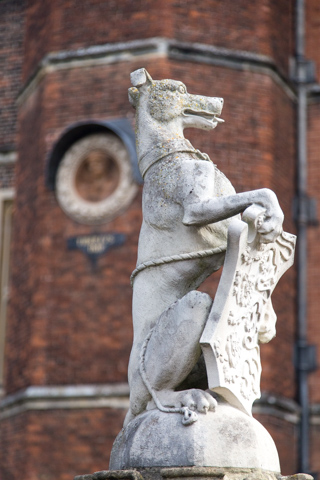
There are also ten statues of heraldic animals, called the King's Beasts, that stand on the bridge over the moat leading to the great gatehouse. Unlike the Queen's Beasts in Kew Gardens, these statues represent the ancestry of King Henry VIII and his third wife Jane Seymour. The animals are: the lion of England, the Seymour lion, the Royal dragon, the black bull of Clarence, the yale of Beaufort, the white lion of Mortimer, the White Greyhound of Richmond, the Tudor dragon, the Seymour panther, and the Seymour unicorn.

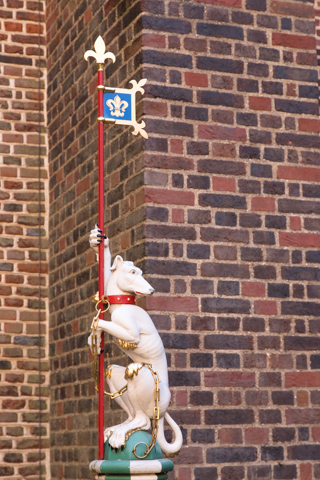
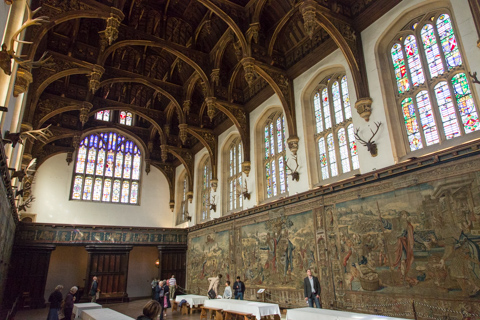
Between 1532 and 1535 Henry added the Great Hall (the last medieval great hall built for the English monarchy) and the Royal Tennis Court. The Great Hall has a carved hammer-beam roof. During Tudor times, this was the most important room of the palace; here, the King would dine in state seated at a table upon a raised dais. The hall took five years to complete, so impatient was the King for completion that the masons were compelled to work throughout the night by candlelight




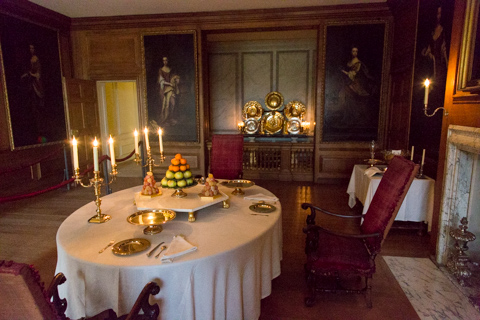
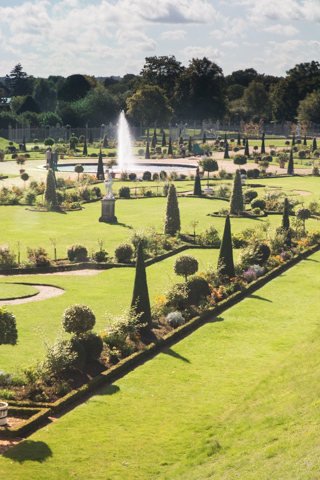
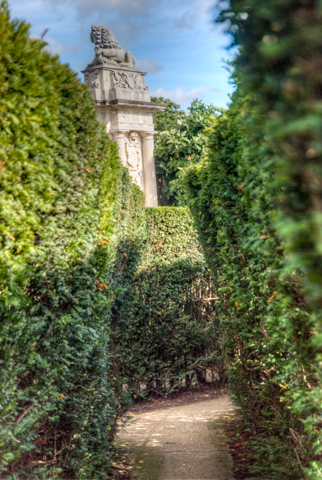
Hampton Court Maze was planted in the 1690s by George London and Henry Wise for William III of Orange.
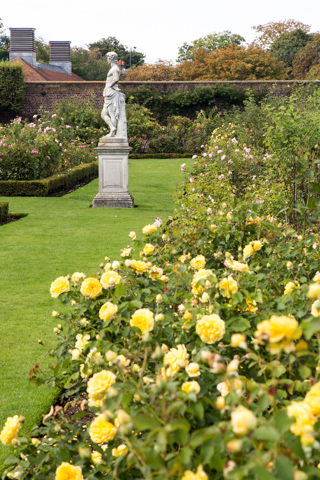
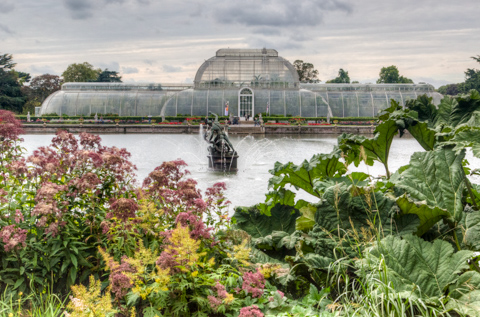
This is the Palm House - huge trees growing inside and a "sky walk" through the trees
The Palm House was built by architect Decimus Burton and iron-maker Richard Turner between 1844 and 1848, and was the first large-scale structural use of wrought iron. It is considered "the world's most important surviving Victorian glass and iron structure."[17][18] The structure's panes of glass are all hand-blown. The Temperate House, which is twice as large as the Palm House, followed later in the 19th century. It is now the largest Victorian glasshouse in existence. Kew was the location of the successful effort in the 19th century to propagate rubber trees for cultivation outside South America.

A pretty garden in the trees


Kew Palace is the smallest of the British royal palaces. It was built by Samuel Fortrey, a Dutch merchant in around 1631. It was later purchased by George III. The construction method is known as Flemish bond and involves laying the bricks with long and short sides alternating. This and the gabled front give the construction a Dutch appearance.

The Princess of Wales Conservatory was opened in 1987 by Diana, Princess of Wales in commemoration of her predecessor Augusta's associations with Kew. The conservatory houses ten computer-controlled microclimatic zones, with the bulk of the greenhouse volume composed of Dry Tropics and Wet Tropics plants. Significant numbers of orchids, water lilies, cacti, lithops, carnivorous plants, and bromeliads are housed in the various zones.

The conservatory has an area of 4499 square metres. As it is designed to minimize the amount of energy taken to run it, the cooler zones are grouped around the outside and the more tropical zones are in the central area where heat is conserved. The glass roof extends down to the ground, giving the conservatory a distinctive appearance and helping to maximize the use of the sun's energy.
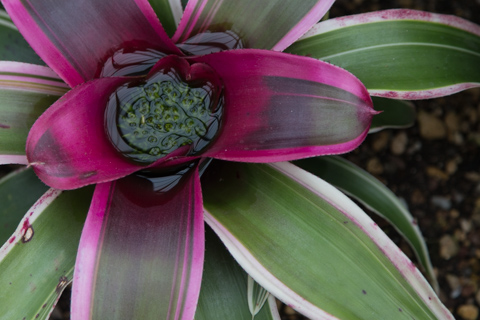
The Kew site, which has been dated as formally starting in 1759, consists of 300 acres of gardens and botanical glasshouses, four large greenhouses, and 36 other structures.
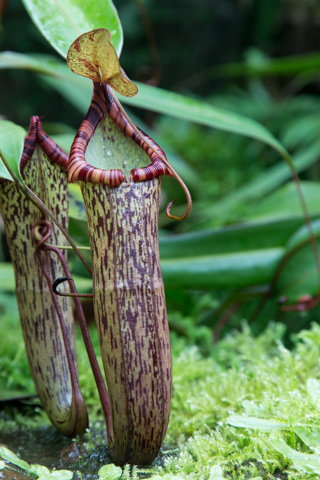
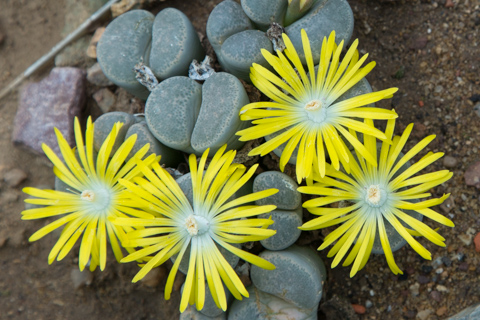
The cactus collection also extends outside the conservatory where some hardier species can be found.
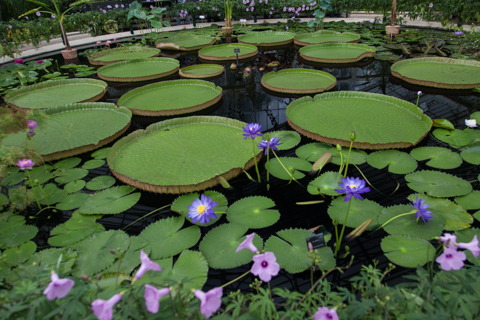
The Aquatic Garden, which celebrated its centenary in 2009, provides conditions for aquatic and marginal plants. The large central pool holds a selection of summer-flowering water lilies, and the corner pools contain plants such as reed mace, bulrushes, phragmites, and smaller floating aquatic species.

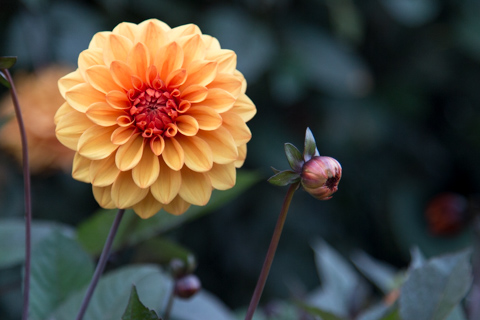

This is from a field of flowers in a wildflower section.